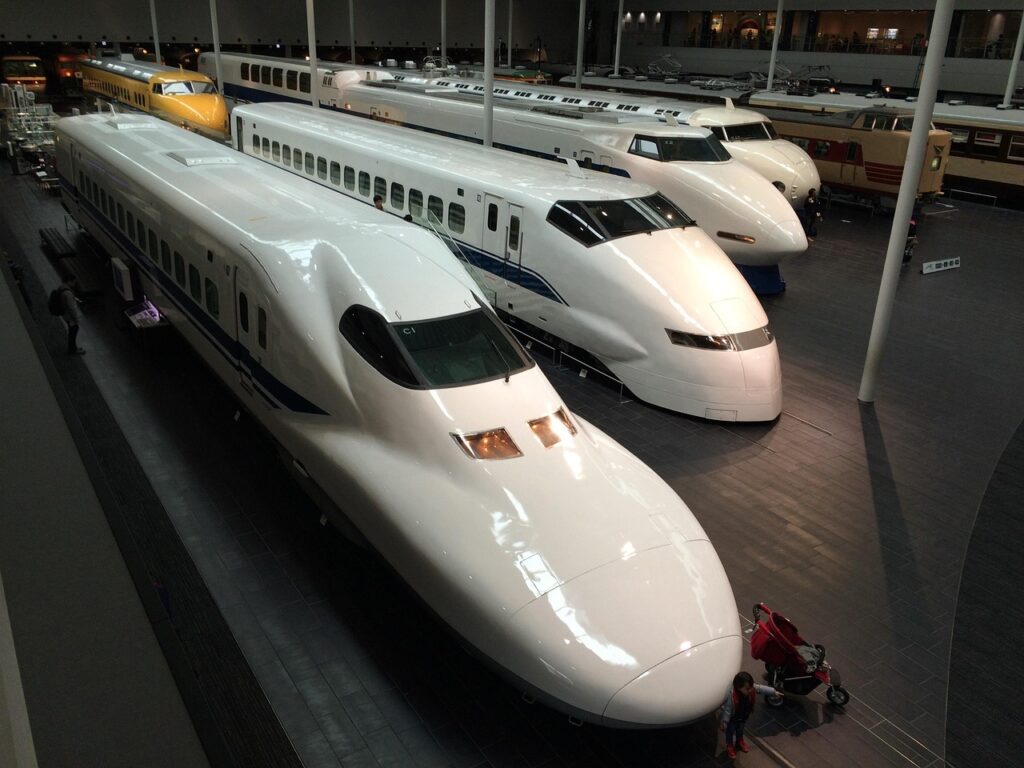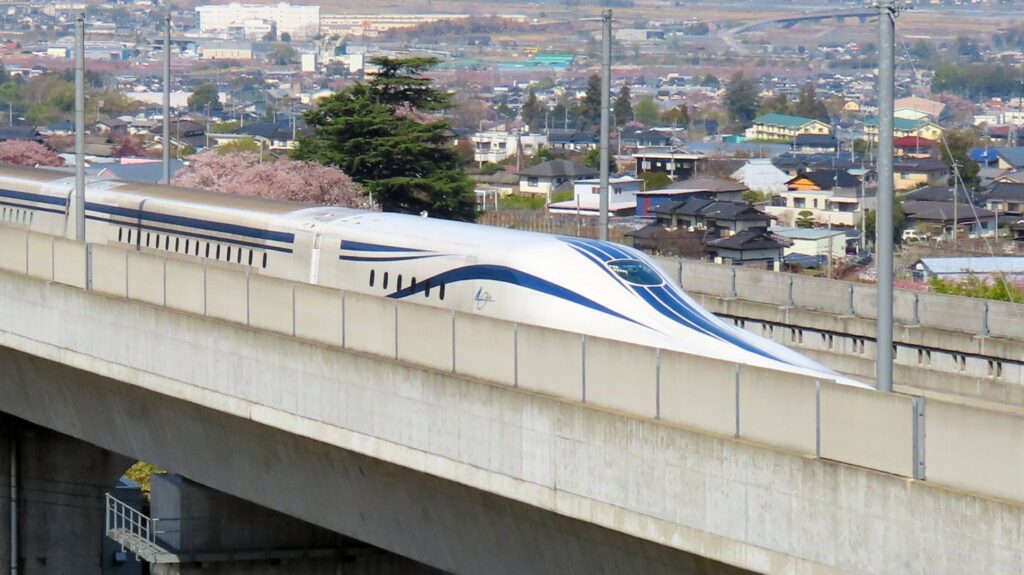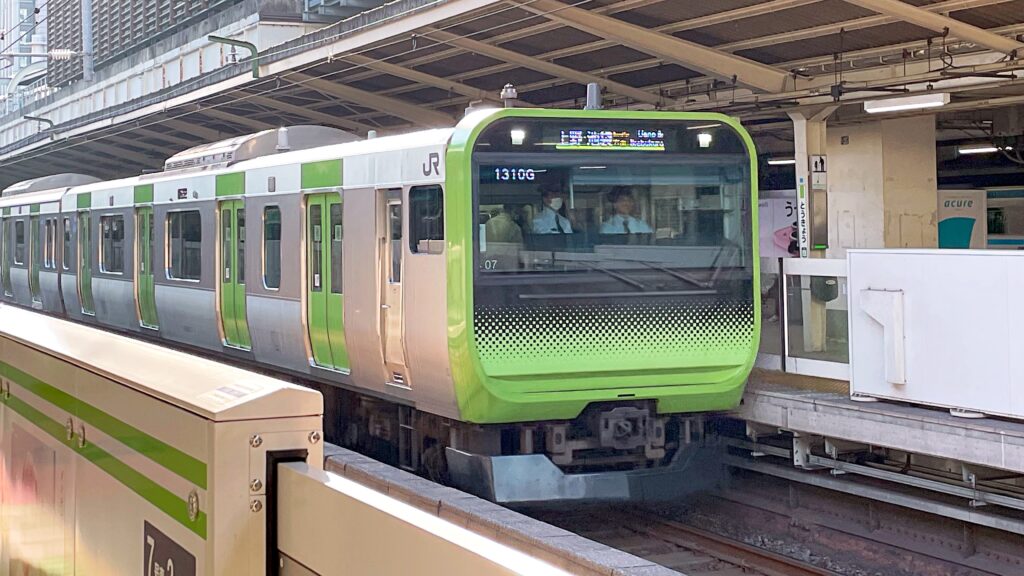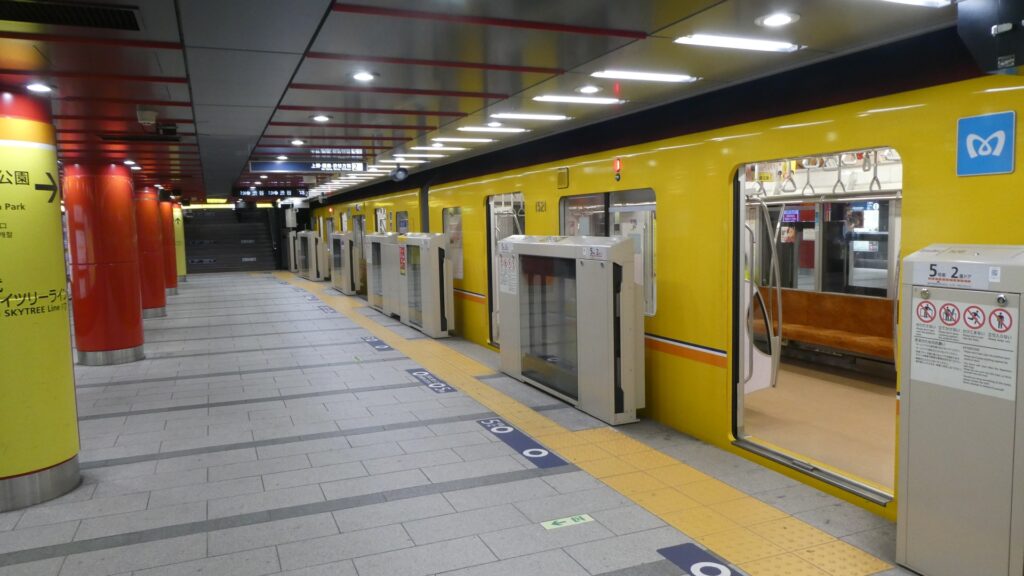The Shinkansen, often referred to as the Japanese bullet train, is one of the most iconic and celebrated symbols of modern Japan. It represents the country’s remarkable achievements in engineering, technology, and transportation. Its rich history, as detailed in JR Shinkansen history, reflects Japan’s enduring spirit of innovation, resilience in the face of challenges, and bold ambition for the future. Understanding the Japanese bullet train origin offers deep insights into how Japan not only revolutionized domestic rail travel but also set new global standards for speed, safety, and efficiency. Furthermore, the Shinkansen has served as a blueprint for high-speed rail systems worldwide, influencing transportation infrastructure across continents.
Early Dreams of Speed: Japanese Bullet Train Origin and JR Shinkansen History
The Japanese bullet train origin can be traced as far back as the 1930s. During this period, Japan, eager to enhance its economic infrastructure and strengthen its military logistics, envisioned creating faster and more direct rail connections between major cities such as Tokyo, Nagoya, and Osaka. Early plans even proposed a dedicated high-speed rail line known as the “Shinkansen,” which at the time simply meant “new trunk line.” However, due to technological limitations, a lack of advanced engineering resources, and the growing tensions that would lead to World War II, these ambitious projects were eventually shelved.
Following Japan’s defeat in 1945, the nation entered a period of intense reconstruction and unprecedented economic expansion, often referred to as the “Japanese economic miracle.” With industries booming and urban populations exploding, traditional rail systems—originally designed for much smaller and slower-moving populations—became severely congested. Delays and overcrowding were common, threatening to hinder Japan’s economic momentum. It became clear that merely upgrading the old railway lines would not be enough. What Japan needed was a completely new transportation solution: one that could handle large volumes of passengers at much higher speeds.
This urgent demand laid the groundwork for what would become the JR Shinkansen history, beginning with the launch of the first Shinkansen line—the Tōkaidō Shinkansen—in 1964. This innovation not only transformed domestic travel in Japan but also set a global standard for high-speed rail technology.
The Birth of the Shinkansen: A Revolutionary Idea

In the 1950s, as Japan rapidly rebuilt its economy after World War II, both engineers and government officials recognized the urgent need for a faster, more efficient transportation system to connect the nation’s major urban centers. Traditional railway services were increasingly overwhelmed by the growing number of passengers traveling between Tokyo and Osaka, Japan’s two largest and most economically vital cities. The existing Tokaido Main Line, though heavily utilized, could no longer meet future demands, leading to the bold idea of creating a completely new, high-speed rail system.
In 1957, the concept of a “bullet train” began to take shape with the testing of a prototype known as the “1000 Series” on experimental tracks. Building on these early developments, official approval for the project was granted in 1958, and in 1959, full-scale construction of the new high-speed line officially commenced. This massive undertaking involved not only laying new, dedicated tracks but also constructing specialized infrastructure, such as tunnels, bridges, and stations, designed specifically for high-speed operation.
On October 1, 1964, just days before the opening of the Tokyo Summer Olympics, the first Shinkansen line—the Tokaido Shinkansen—was inaugurated. At launch, Shinkansen trains operated at speeds of up to 210 kilometers per hour (about 130 miles per hour), dramatically cutting the travel time between Tokyo and Osaka from about 7 hours by conventional train to approximately 4 hours. Subsequent improvements would later reduce this journey to under 3 hours.
The debut of the Shinkansen not only marked a technological milestone for Japan but also captured the world’s attention. It was the first time in history that trains had consistently operated at such high speeds on a commercial basis. This stunning achievement firmly established the Japanese bullet train origin as a defining moment in global transportation history, setting new standards for speed, safety, and efficiency that would inspire high-speed rail developments across the world.
Technological Innovations That Defined the Shinkansen
The Shinkansen wasn’t just fast—it was a complete reimagining of rail travel. Key innovations included:
- Dedicated High-Speed Tracks: Unlike conventional trains, the Shinkansen operated on newly built tracks designed for high speeds.
- Advanced Safety Systems: Automatic train control systems minimized human error, leading to an unparalleled safety record.
- Aerodynamic Design: The sleek, bullet-like shape reduced air resistance and increased efficiency.
- Comfort and Convenience: Spacious seating, smooth rides, and frequent departures made the Shinkansen attractive to all kinds of travelers.
These innovations cemented the Shinkansen’s reputation as a model of engineering excellence.
Expansion Across Japan
Following the success of the Tokaido Shinkansen, Japan expanded its high-speed rail network. New lines connected more cities, extending the benefits of rapid travel nationwide:
- Sanyo Shinkansen (1975): Connected Osaka to Fukuoka in western Japan.
- Tohoku Shinkansen (1982): Extended service to northern Japan.
- Joetsu Shinkansen (1982): Linked Tokyo with Niigata on the Sea of Japan coast.
Today, the Shinkansen network covers most of Japan, reaching even remote regions. Trains now travel at speeds exceeding 300 km/h (186 mph), maintaining a global reputation for safety and punctuality.
Challenges and Adaptations
Despite its success, the Shinkansen has faced several challenges over the decades:
- High Costs: Building and maintaining high-speed rail infrastructure is expensive.
- Demographic Changes: Japan’s aging and shrinking population affects long-term ridership projections.
- Natural Disasters: Earthquakes and typhoons test the resilience of the network, prompting continual upgrades to safety systems.
In response, the Shinkansen has adapted by introducing energy-efficient models, improving earthquake resistance, and enhancing digital services for travelers.
The Future of the Shinkansen

The Chūō Shinkansen, also known as the Linear Chūō Shinkansen or Maglev bullet train, represents the next generation of high-speed rail in Japan. Developed by Central Japan Railway Company (JR Central), this groundbreaking project builds upon the legacy of the Japanese bullet train origin and decades of innovation within the JR Shinkansen history. Utilizing superconducting magnetic levitation (SCMaglev) technology, the Chūō Shinkansen is designed to reach operational speeds of up to 500 km/h (310 mph), dramatically reducing travel time between Tokyo and Nagoya to just 40 minutes—and eventually connecting Tokyo and Osaka in just over an hour.
The idea for this revolutionary line was first conceived in the 1970s as part of Japan’s long-term strategy to advance transportation beyond the limits of traditional rail systems. While the original Shinkansen, launched in 1964, transformed domestic travel and set global standards for speed and safety, the Chūō Shinkansen pushes those boundaries even further. By eliminating friction between the train and the tracks through magnetic levitation, the system not only achieves higher speeds but also operates with reduced noise and lower long-term maintenance costs.
Construction of the Chūō Shinkansen officially began in 2014, with the Tokyo–Nagoya segment expected to open in the late 2020s. However, the project has faced several challenges, including environmental concerns, complex tunneling through mountainous terrain, and coordination with local governments. Despite these obstacles, Japan remains committed to making the maglev a reality, aiming to maintain its leadership in railway innovation and sustainability.
Understanding the Japanese bullet train origin and the broader JR Shinkansen history offers essential context for appreciating the significance of the Chūō Shinkansen. This futuristic rail line is not only a continuation of Japan’s commitment to technological excellence, but also a vital part of its national strategy to promote regional development, reduce carbon emissions, and redefine the future of mobility.
The Chūō Shinkansen is more than just a transportation project—it is a symbol of Japan’s vision for a faster, cleaner, and more connected future. As it moves closer to completion, it promises to once again place Japan at the forefront of global rail innovation, just as it did with the launch of the original bullet train over half a century ago.
Conclusion
The story of the Shinkansen is one of ambition, innovation, and global influence. From the Japanese bullet train origin in post-war Japan to the remarkable milestones in JR Shinkansen history, this high-speed marvel showcases what is possible when technology meets vision. The Shinkansen not only reshaped domestic travel but also sparked a worldwide high-speed rail revolution. As Japan advances with next-generation projects like the Chuo Shinkansen, the legacy of the bullet train continues to expand, shaping the future of transportation for generations to come.
Key Takeaways
- The Japanese bullet train origin began with early dreams in the 1930s but came to life in 1964 with the Tokaido Shinkansen.
- The Shinkansen set global standards in speed, safety, and service.
- Its success inspired high-speed rail systems worldwide.
- Japan continues to lead in rail innovation with projects like the maglev Chuo Shinkansen.




